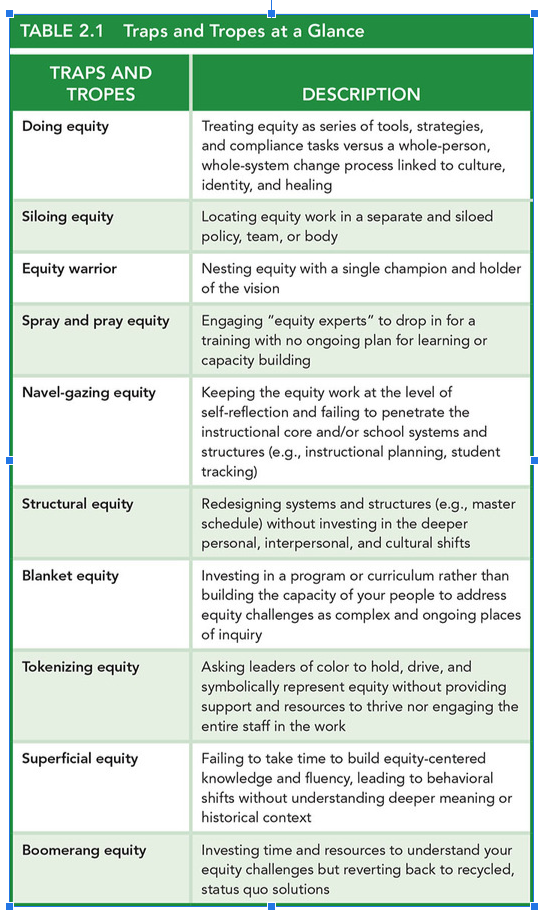Street Data in Public Montessori
In a recent podcast discussion with Dr. Jamila Dugan (she/her) the co-author with Shane Safir of Street Data: A Next-Generation Model for Equity, Pedagogy, and School Transformation, we were reminded of the importance of staying true to our why. What was it that brought us to Montessori? Why do we stay? and more specifically, the value of trusting what we originally said we’d do in public Montessori education.
A primary way to get proximate with our why is by deepening our observation practice. When considering the critical role of observation in Montessori philosophy and pedagogy, I tend to circle back to Dr. Montessori’s view on the vision of the teacher. She said we should be “at once precise like that of the scientist, and spiritual like that of the saint.” While we are taught to understand and hold observation as a core practice as scientists, we must keep in mind that we too have our laboratories, with equipment and new discoveries to make. Our laboratories are prepared environments with didactic materials, that consist of school communities, teacher education programs, broader neighborhoods and society.
Levels of Data
These communal commitments bring us to the value of data collection. The book Street Data, offers an overview of the three levels of data. Satellite data are big numbers often around school-wide test scores, and trends in discipline, graduation rates, etc. This information is often where many learning communities tend to make decisions from.
Map data is a bit closer in proximity. This is the data related to a closer look at Lexile reading levels, math assessment scores, or running record assessments. Map data certainly gets us closer to a more textured view, but there is still much left unaccounted for, which keeps us from getting to authentic equity practice.
Street Data is where we are on the ground level, asking and answering questions that are all informed and influenced directly by the voices of the school community.
Going Beyond the Hyperfocus of Satellite Data in Public Montessori
Although our public Montessori schools must contend with state requirements for satellite data, the more textured, people-centered info from street data offers organic opportunity for change, action and impact.
This is where the call to remember our why is most critical. Trusting what we know about human behavior, the Planes of Development, and the sensitive periods of students allow us an opportunity to slow down and stay true to philosophy.
As PMAI Executive Director, Elizabeth Slade articulates, “It sounds like Montessorians are keenly aware of and aligned to being street data scientists.” Street level data essentially reflects how Montessori educators have been trained to engage in teaching, learning, and research practice. The explicit instruction that we receive around the three period lesson, sensitive periods, and mostly observation demonstrates our readiness for this level of equity work. The need and understanding of an approach to observation that requires objective, descriptive recordings of student behavior and interests are cultivated so the specific needs and sensitivities of individual students can be identified and addressed. Additionally, student conferences, weekly one on one time are key Montessori moves that we can’t afford to lose. Intentionality when we have family/caregiver conferences and following up to hear the important insights from those who didn’t make the conference. These are primary ways to stay connected to our street data practice.
Slade also found it important to emphasize how we enact Montessori philosophical moves that are ultimately shaped by equity traps and tropes.
The Street Data book highlights ten Equity traps and tropes as a tool for helping us to slow down and build awareness around our intentions and actions. The tropes and traps are endless, exclaimed Slade. Two traps and tropes discussed were Superficial Equity where we only focus on representation and name imperatives without making real connections. And Siloing Equity where we see our equity work as separate from other key elements of teaching, learning, and leading. Equity work is about integration not isolation.
PMAI is currently working on a podcast that will highlight the importance of student voice, and what it means to have adolescent and Montessori alumni perspective centered with plans for implementation. Conversations such as these keep us connected to data at the ground level while also supporting and engaging in calls to action towards deeper equity in Montessori.
A Call to Inquiry & Reflective Practice
A few examples of ways street data is collected in Montessori is mentioned in the podcast and blog post, what other examples can you think of?
What would it mean to recenter yourself around these practices?
How are we supporting Montessori professionals in developing their observation skills? What about their data analysis skills?


